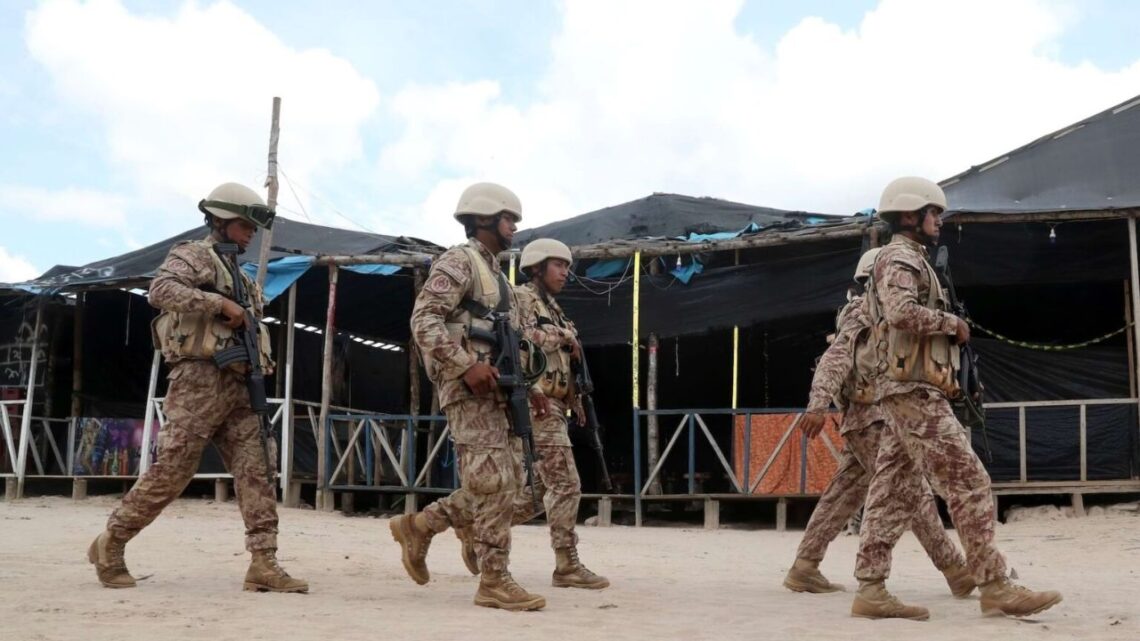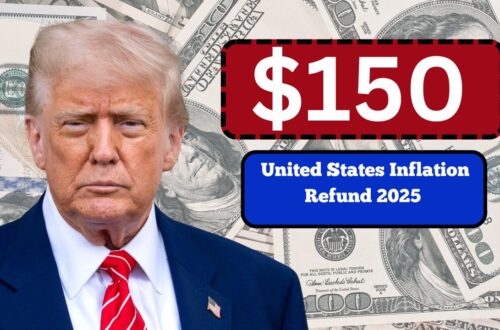Peru is under intense regional pressure after the Andean Community—a trade bloc that includes Peru, Colombia, Ecuador, and Bolivia—declared that the country is failing to stop illegal gold mining and mercury trafficking.
The bloc has given Peru 20 working days to take decisive action or face possible trade sanctions. The ruling marks a historic moment where environmental negligence could lead to economic penalties across South America.
The Andean Community’s Ultimatum
The Andean Community has formally warned Peru that it is not upholding its environmental commitments under regional agreements. The trade bloc has asked Peru to:
- Crack down on illegal gold mining operations.
- Control the trafficking of mercury, which is used in gold extraction.
- Restrict new mining permits that enable illegal miners.
- Improve law enforcement coordination with neighboring countries.
- Provide a progress report within 20 working days.
Failure to comply could push the bloc to involve the Andean Tribunal of Justice, where sanctions on Peruvian exports may be imposed.
Previous Efforts: What Went Wrong
In 2019, Peru launched a militarized anti-mining campaign under then-President Martín Vizcarra, declaring a state of emergency in Madre de Dios and other Amazonian regions.
Security forces were deployed to destroy illegal dredgers, close makeshift refineries, and halt mercury imports.
However, the campaign lost momentum due to lack of funding, weak monitoring, and limited judicial follow-up. Illegal miners quickly returned, adapting to new enforcement methods. Many regions today still rely on unregulated gold extraction as their primary income source.
The Scale of Illegal Gold Mining in Peru
Illegal mining in Peru is one of the most profitable underground economies in Latin America. It has grown rapidly over the past five years and now rivals the drug trade in financial impact.
| Category | Key Facts & Figures |
|---|---|
| Regions Affected | 9 Amazonian regions |
| Deforested Area (Madre de Dios) | 11,500 hectares in one year |
| Active Dredgers | Over 1,600 machines in La Pampa |
| Overlapping Mining Claims | 136 overlap Indigenous lands, 48 overlap protected areas |
| Gold Price (2025 Peak) | Around $3,500 per ounce |
| Estimated Illegal Gold Exports (2025) | $12 billion (over 100 tonnes) |
| Laundered Assets Linked to Gold | 60% of total illicit financial activity |
| Murders in Pataz Mine Conflict | 13 people killed |
| Communities with Mercury Exposure | Over 80% affected in some areas |
Illegal gold extraction has expanded across river basins and Indigenous territories, often under the control of organized criminal groups. These networks launder money, evade taxes, and control mining zones through violence and intimidation.
The Human and Environmental Crisis
1. Mercury Contamination
Illegal miners use mercury to extract gold from sediment, but this toxic metal seeps into rivers and food chains. Local fish, plants, and residents now show dangerous mercury levels, particularly in Amazonian regions like Loreto and Madre de Dios.
Many Indigenous families rely on contaminated fish, causing long-term neurological and developmental harm.
2. Violence and Exploitation
Armed gangs dominate illegal mining areas, using threats and violence to maintain control. Reports indicate that children and women are often exploited for labor and sexual purposes in mining camps. Indigenous defenders trying to protect their lands face death threats and increasing attacks.
3. Economic Paradox
While illegal gold brings quick profits to local miners, it causes long-term economic damage—destroying soil fertility, driving away legal investors, and forcing the state to spend millions on environmental recovery.
Why Peru’s Neighbors Are Concerned
Peru’s illegal mining problem is no longer domestic—it affects the entire region. Mercury pollution and unregulated gold shipments are now crossing national borders, contaminating rivers that flow into Ecuador, Bolivia, and Brazil. Neighboring nations fear that Peru’s inaction could destabilize ecosystems, harm trade relations, and allow criminal networks to expand across borders.
The Andean Community’s move reflects growing regional impatience with Peru’s slow policy enforcement. Member countries demand transparent reforms, stronger environmental policing, and a verified traceability system for gold exports.
Steps Peru Must Take
To avoid sanctions and environmental disaster, Peru must:
- Strengthen enforcement through a joint military-police task force in critical zones.
- Ban mercury imports and distribution with real-time monitoring systems.
- Tighten mining registration laws to prevent fraudulent claims.
- Support Indigenous communities through protection programs and fair compensation.
- Launch environmental restoration initiatives for deforested areas.
- Collaborate with neighboring countries to trace illegal gold exports.
Only by combining law enforcement, environmental protection, and community participation can Peru meet regional expectations.
Peru’s challenge is immense but unavoidable. The Andean Community’s 20-day ultimatum is a warning that inaction has serious diplomatic and environmental consequences.
To safeguard its economy, restore the Amazon, and protect Indigenous lives, Peru must act now with stronger enforcement, cleaner trade systems, and regional cooperation.









